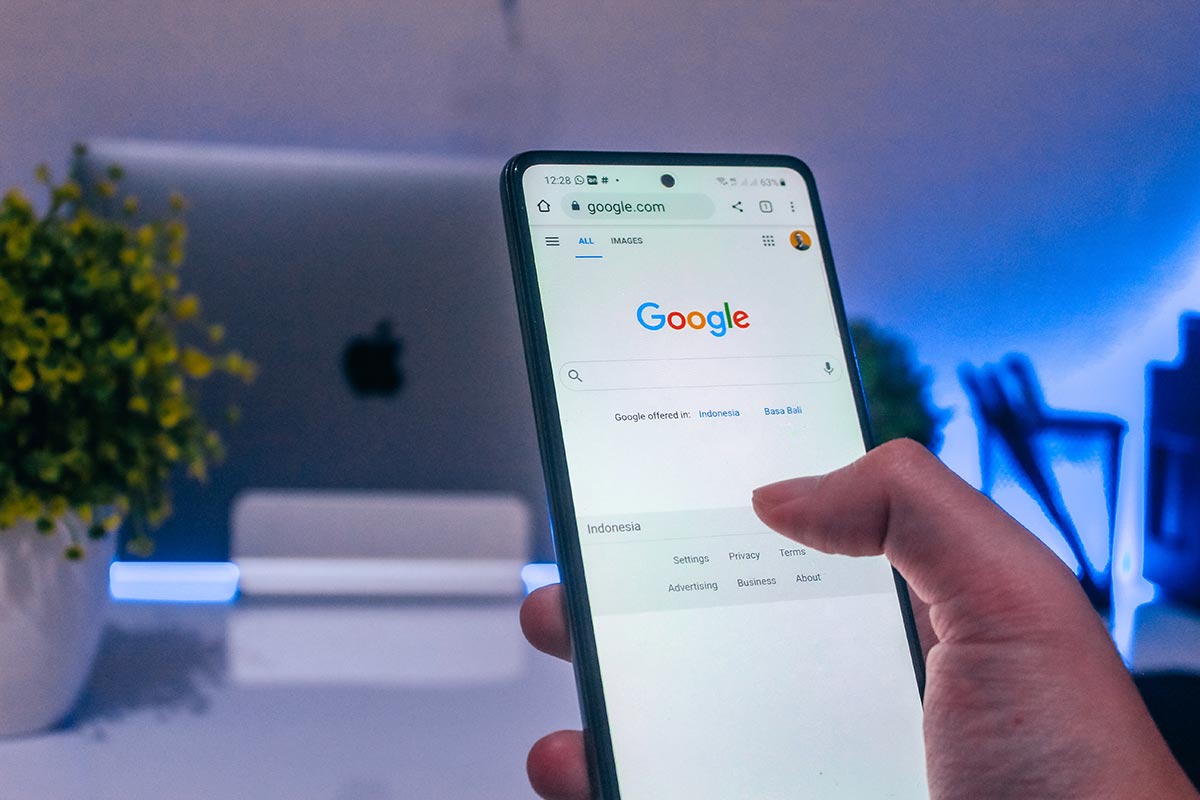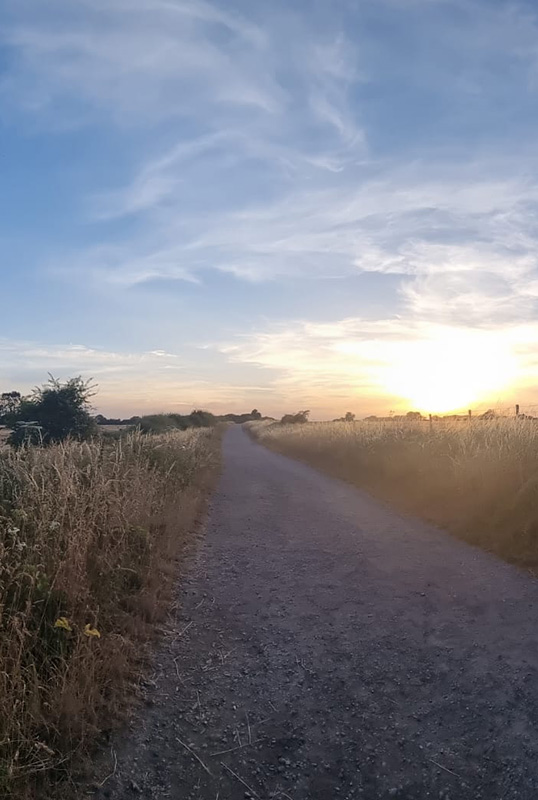What is page speed and why does it matter?

Having a fast-loading website is very important, as it plays a big part in being able to grab the attention of your visitors and then keep them engaged. But there are other benefits too, so let's look at what the benefits are of a website that loads speedily, and what's involved in achieving this.
The faster your website, the better it will perform for your business.
Page Speed is the term given to how quickly a web page loads in a visitor's web browser, whether on a desktop PC or mobile device. Several factors dictate overall Page Speed, including how the website has been constructed, the speed of the server delivering the page, and the speed of the internet connection at both ends.
In recent years, Google has considerably ramped up its requirements for what it deems a 'fast website'. This feeds into their ratings which affect rankings in Google searches. So from a website development point of view, we’ve had to keep making changes to how websites are built and, ultimately, how they perform.

Core Web Vitals
Web Vitals is the latest initiative from Google, although not that new, launched to help make it clearer how a website's speed performance is measured, thus better highlighting the areas that can be improved.
The Core Web Vitals are broken down to the following three metrics:
- Largest Contentful Paint (LCP) – a rather colourful title defining a measurement that looks at how quickly the website can load content to the user’s device. We call it loading performance.
- First Input Delay (FID) – this measures speed of interactivity; how long before a user can start interacting (clicking/scrolling etc) with the web page.
- Cumulative Layout Shift (CLS) – this measures the visual stability of a web page. You'll have seen page layouts that shift around at first as the elements, such as images, get drawn in and slot into place. This metric looks at the time it takes for all the elements within the web page to finish loading and become stable in their final positions.
Google sets thresholds for the above metrics that it deems acceptable for a ‘pass’ – these three metrics are an important first-step for a good overall page speed score.
For more information on Web Vitals, visit: https://web.dev/vitals/

Eco-friendly benefits
Having a faster website is actually better for the environment.
It may sound like nonsense, but it’s true.
Generally speaking, a faster-loading website requires less power consumption on the side of the web server than a page built in such a way that the server has to take longer to deliver it. Thus saving energy. This is also true for the user; the quicker the website loads, the less time and energy it takes the computer or mobile device to process the data.
Sure, for a single website we’re not talking about big numbers in terms of the environmental benefit. But, as with other global environmental initiatives, it’s all about scale - the more websites we have online that load fast and require less processing power, the more energy is saved and, in turn, the less carbon is emitted into the atmosphere.
A faster website is a greener website.

SEO benefits from a fast loading website
Core Web Vitals are now used as a ‘ranking factor’ by Google on their search platform. This is a big change to a couple of years or so ago, when having a slow website did little to directly impact your search rankings. Visitors losing patience and clicking away did feed into the rankings as 'early exits', but that was more an indirect consequence. Google will now directly punish slow sites.
So, this means that it’s really important to have fast-loading web pages, as it will bring positive benefits to your website’s search engine performance.

Tips to improve your website page speed
There are a lot of things you can do to improve your website’s page speed – here are our top ten page speed optimisation tips:
- Optimise and compress your images
- Reduce the number of plugins and scripts running
- Ensure you are using server-side file-caching features
- Use clean, uncluttered source-code
- Avoid using third-party scripts
- Customise your mobile website experience
- Minify CSS, JavaScript, and HTML code
- Review and reduce website re-directs
- Load in font files locally
- Choose a high-performance web host
Dolia’s brand-new website framework
After months of hard work and years of first-hand experience building and working with websites, we have recently launched a brand-new WordPress framework.
What is a WordPress framework, you may ask… well, we now develop all of our websites using WordPress… but, we don’t use out of the box templates or excessive plugins. Instead, we have created our very own, bespoke framework for creating websites; a WordPress engine, with Dolia’s technology and style!
As a ‘framework’, we’re talking about the back-end admin area of the website, so, the mechanics behind the scenes.
We’re quite excited about what we’ve created…
Not only is our new framework designed for fast page load times and a fluid end-user experience, but it has our clients’ best interests in mind; giving them a robust, flexible platform that is stress-free and very easy to manage. We’ve had some amazing feedback from clients so far, who are on our new framework – they love it!
Some key benefits of the new framework, include:
- Easy to customise pages
- Stress-free and easy to manage back-end
- Pre-coded layouts so no HTML knowledge is needed
- Fast page load times
- Built with clean & uncluttered code
- Flexibility & adaptable for future growth
- Unlimited design possibilities
- Fully responsive across all browsers and devices




















